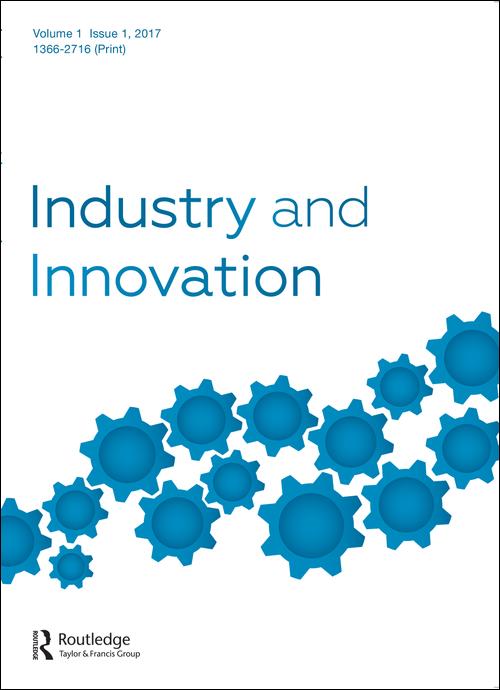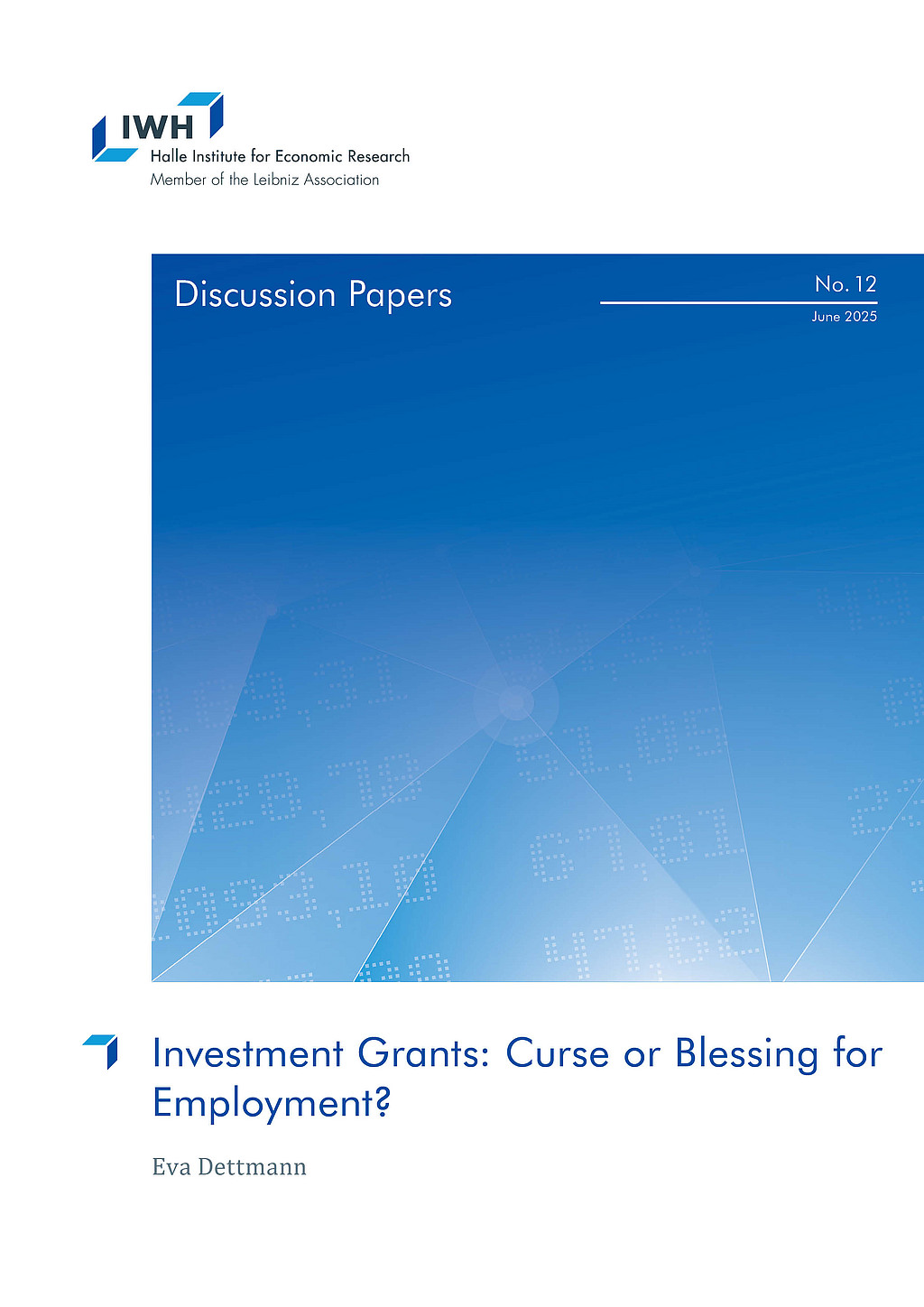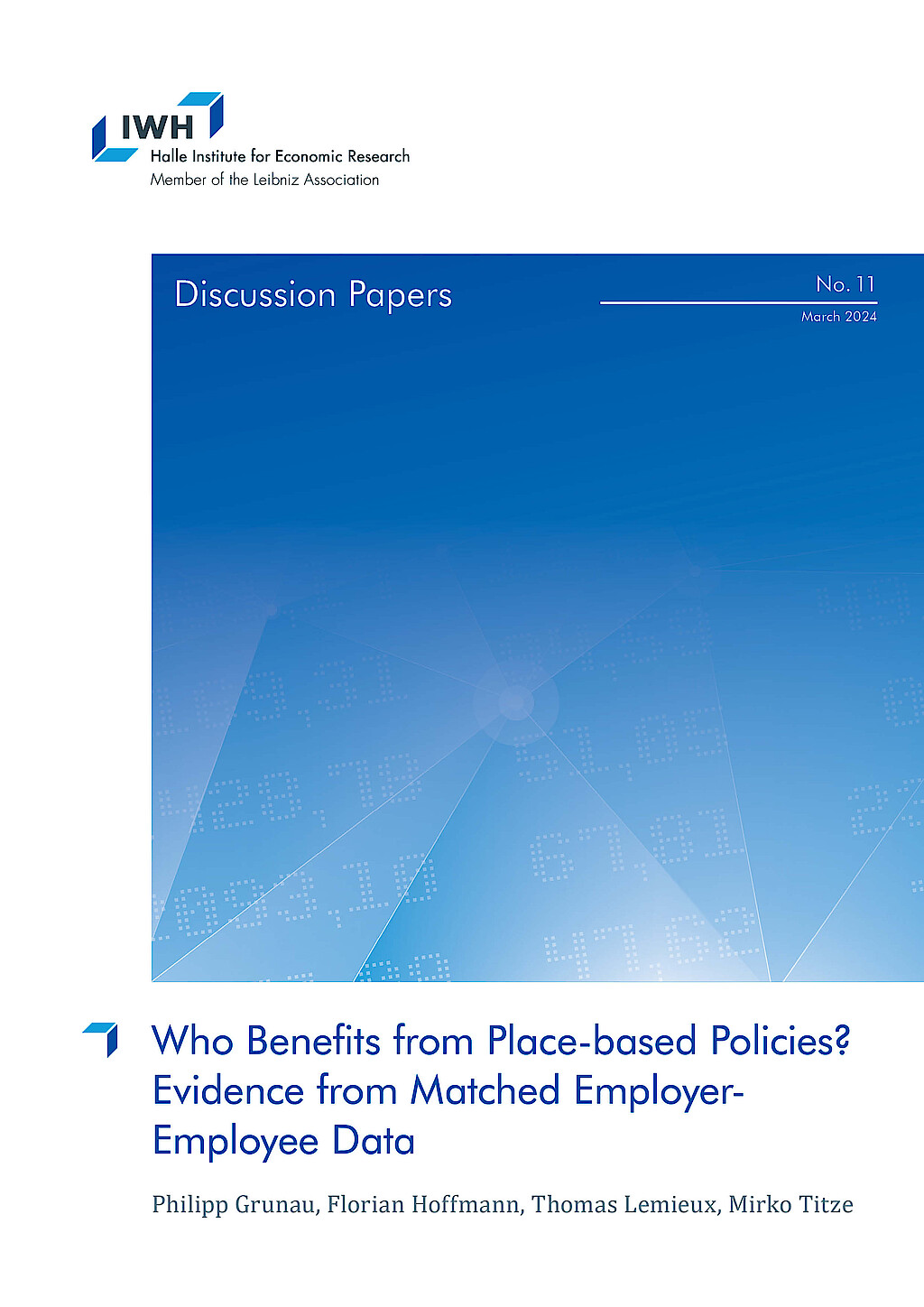Evaluation of Subsidy Programmes
This research group develops the scientific foundations for causal impact analysis of policy interventions within the European Union, with a particular focus on place-based policies. Despite significant public spending on such programmes in many developed economies, there is limited evidence on their effectiveness and efficiency.
Our approach integrates three key dimensions: first, the systematic use of administrative funding data and legislative documents; second, the application of advanced methods in policy impact evaluation; and third, the exchange of knowledge among researchers, policymakers, public administration, and civil society. Without this integration, research risks becoming either overly abstract or disconnected from the institutional and legal realities of policy implementation. By combining these elements, we create robust research designs grounded in real data and legal frameworks.
This approach allows us to generate evidence-based insights that contribute to better informed decision-making—not only in politics but also within civil society. The findings of our work have contributed to the revision and improvement of existing subsidy programmes. The research group is closely embedded in the activities of the Centre for Evidence-based Policy Advice (CEP), ensuring both scientific rigor and practical relevance. In doing so, we embody the leitmotif of the Leibniz Association: theoria cum praxi.
Research Cluster
Economic Dynamics and StabilityYour contact

- Department Centre for Evidence-based Policy Advice
EXTERNAL FUNDING
09.2019 ‐ 09.2022
Establishing Evidence-based Evaluation Methods for Subsidy Programmes in Germany (EVA-KULT)
The project aims at expanding the Centre for Evidence-based Policy Advice at the Halle Institute for Economic Research (IWH-CEP).
01.2018 ‐ 12.2020
Networked growth - Innovative Saxony-Anhalt through digital business models (Competence Center 4.0)
01.2017 ‐ 12.2018
Political Participation in Eastern Germany
12.2015 ‐ 11.2018
Socio-economic Effects of Research on Innovative Approaches for POC Diagnostics
Part of the EXASENS project. Coordinated by the Leibniz Institute of Photonic Technology (IPHT) in Jena, nine Leibniz institutes are working together on researching point-of-care (POC) technology for the prediction and diagnosis of chronic inflammatory respiratory diseases. See press release.
02.2017 ‐ 02.2018
The Importance of Non-University Research Institutions for the Development of Firms and Regions (Be_For_Reg-Projekt)
01.2015 ‐ 12.2016
Evaluation of the "Joint Task 'Improving the Regional Economic Structure'" in the Federal State of Saxony-Anhalt
Refereed Publications

Urban Occupational Structures as Information Networks: The Effect on Network Density of Increasing Number of Occupations
in: Plos One, forthcoming
Abstract
Urban economies are composed of diverse activities, embodied in labor occupations, which depend on one another to produce goods and services. Yet little is known about how the nature and intensity of these interdependences change as cities increase in population size and economic complexity. Understanding the relationship between occupational interdependencies and the number of occupations defining an urban economy is relevant because interdependence within a networked system has implications for system resilience and for how easily can the structure of the network be modified. Here, we represent the interdependencies among occupations in a city as a non-spatial information network, where the strengths of interdependence between pairs of occupations determine the strengths of the links in the network. Using those quantified link strengths we calculate a single metric of interdependence–or connectedness–which is equivalent to the density of a city’s weighted occupational network. We then examine urban systems in six industrialized countries, analyzing how the density of urban occupational networks changes with network size, measured as the number of unique occupations present in an urban workforce. We find that in all six countries, density, or economic interdependence, increases superlinearly with the number of distinct occupations. Because connections among occupations represent flows of information, we provide evidence that connectivity scales superlinearly with network size in information networks.

Regional Effects of Professional Sports Franchises – Causal Evidence from Four European Football Leagues
in: Regional Studies, No. 2, 2021
Abstract
The locational pattern of clubs in four professional football leagues in Europe is used to test the causal effect of relegations on short-run regional development. The study relies on the relegation mode of the classical round-robin tournament in the European model of sport to develop a regression-discontinuity design. The results indicate small and significant negative short-term effects on regional employment and output in the sports-related economic sector. In addition, small negative effects on overall regional employment growth are found. Total regional gross value added remains unaffected.

Entry into Self-employment and Individuals’ Risk-taking Propensities
in: Small Business Economics, No. 4, 2020
Abstract
Most of the existing empirical literature on self-employment decisions assumes that individuals’ risk-taking propensities are stable over time. We allow for endogeneity on both sides when examining the relationship between individual risk-taking propensities and entry into self-employment. We confirm that a greater risk-taking propensity is associated with a higher probability of entering self-employment. However, we also find evidence that entering self-employment is associated with a significant and substantial increase in an individual’s propensity to take risks. Our findings add to the growing evidence that risk-taking propensities are not only inborn, but also determined by environmental factors.

Growing Income Inequality in the United States and Other Advanced Economies
in: Journal of Economic Perspectives, No. 4, 2020
Abstract
This paper studies the contribution of both labor and non-labor income in the growth in income inequality in the United States and large European economies. The paper first shows that the capital to labor income ratio disproportionately increased among high-earnings individuals, further contributing to the growth in overall income inequality. That said, the magnitude of this effect is modest, and the predominant driver of the growth in income inequality in recent decades is the growth in labor earnings inequality. Far more important than the distinction between total income and labor income, is the way in which educational factors account for the growth in US labor and capital income inequality. Growing income gaps among different education groups as well as composition effects linked to a growing fraction of highly educated workers have been driving these effects, with a noticeable role of occupational and locational factors for women. Findings for large European economies indicate that inequality has been growing fast in Germany, Italy, and the United Kingdom, though not in France. Capital income and education don't play as much as a role in these countries as in the United States.

Identifying Cooperation for Innovation―a Comparison of Data Sources
in: Industry and Innovation, No. 6, 2020
Abstract
The value of social network analysis is critically dependent on the comprehensive and reliable identification of actors and their relationships. We compare regional knowledge networks based on different types of data sources, namely, co-patents, co-publications, and publicly subsidized collaborative R&D projects. Moreover, by combining these three data sources, we construct a multilayer network that provides a comprehensive picture of intraregional interactions. By comparing the networks based on the data sources, we address the problems of coverage and selection bias. We observe that using only one data source leads to a severe underestimation of regional knowledge interactions, especially those of private sector firms and independent researchers.
Working Papers

Investment Grants: Curse or Blessing for Employment?
in: IWH Discussion Papers, No. 12, 2025
Abstract
<p>In this study, establishment-level employment effects of investment grants in Germany are estimated. In addition to the quantitative effects, I provide empirical evidence of funding effects on different aspects of employment quality (earnings, qualifications, and job security) for the period 2004 to 2020. The database combines project-level treatment data, establishment-level information on firm characteristics and employee structure, and regional information at the district-level. For the estimations, I combine the difference-in-differences approach of Callaway and Sant’Anna (2021) with ties matching at the cohort level. The estimations yield positive effects on the number of employees, but point to contradicting effects of investment grants on different aspects of employment quality.</p>

Who Benefits from Place-based Policies? Evidence from Matched Employer-Employee Data
in: IWH Discussion Papers, No. 11, 2024
Abstract
<p>We study the granular wage and employment effects of a German place-based policy using a research design that leverages conditionally exogenous EU-wide rules governing program parameters at the regional level. The place-based program subsidizes investments to create jobs with a subsidy rate that varies across labor market regions. The analysis uses matched data on the universe of establishments and their employees, establishment-level panel data on program participation, and regional scores that generate spatial discontinuities in program eligibility and generosity. Spatial spillovers of the program linked to changing commuting patterns can be assessed using information on place of work and place of residence, a unique feature of the data. These rich data enable us to study the incidence of the place-based program on different groups of individuals. We find that the program helps establishments create jobs that disproportionately benefit younger and less-educated workers. Funded establishments increase their wages but, unlike employment, wage gains do not persist in the long run. Employment effects estimated at the local area level are slightly larger than establishment- level estimates, suggesting limited economic spillover effects. On the other hand, spatial spillovers are large as over half of the employment increase comes from commuters. Using subsidy rates as an instrumental variable for actual subsidies indicates that it costs approximately EUR 25,000 to create a new job in the economically disadvantaged areas targeted by the program.</p>

Employment Effects of Investment Grants and Firm Heterogeneity – Evidence from a Staggered Adoption Approach
in: IWH Discussion Papers, No. 6, 2023
Abstract
<p>This study estimates the firm-level employment effects of investment grants in Germany. In addition to the average treatment effect on the treated, we examine discrimination in the funding rules as potential source of effect heterogeneity. We combine a staggered difference-in-differences approach that explicitly models variations in treatment timing with a matching procedure at the cohort level. The findings reveal a positive effect of investment grants on employment development in the full sample. The subsample analysis yields strong evidence for heterogeneous effects based on firm characteristics and the economic environment. This can help to improve the future design of the program.</p>

flexpaneldid: A Stata Toolbox for Causal Analysis with Varying Treatment Time and Duration
in: IWH Discussion Papers, No. 3, 2020
Abstract
The paper presents a modification of the matching and difference-in-differences approach of Heckman et al. (1998) for the staggered treatment adoption design and a Stata tool that implements the approach. This flexible conditional difference-in-differences approach is particularly useful for causal analysis of treatments with varying start dates and varying treatment durations. Introducing more flexibility enables the user to consider individual treatment periods for the treated observations and thus circumventing problems arising in canonical difference-in-differences approaches. The open-source flexpaneldid toolbox for Stata implements the developed approach and allows comprehensive robustness checks and quality tests. The core of the paper gives comprehensive examples to explain the use of the commands and its options on the basis of a publicly accessible data set.

Who Benefits from GRW? Heterogeneous Employment Effects of Investment Subsidies in Saxony Anhalt
in: IWH Discussion Papers, No. 27, 2017
Abstract
The paper estimates the plant level employment effects of investment subsidies in one of the most strongly subsidized German Federal States. We analyze the treated plants as a whole, as well as the influence of heterogeneity in plant characteristics and the economic environment. Modifying the standard matching and difference-in-difference approach, we develop a new procedure that is particularly useful for the evaluation of funding programs with individual treatment phases within the funding period. Our data base combines treatment, employment and regional information from different sources. So, we can relate the absolute effects to the amount of the subsidy paid. The results suggest that investment subsidies have a positive influence on the employment development in absolute and standardized figures – with considerable effect heterogeneity.













